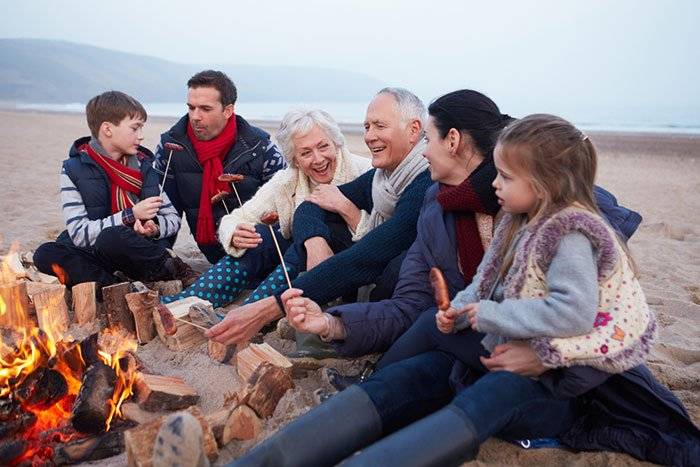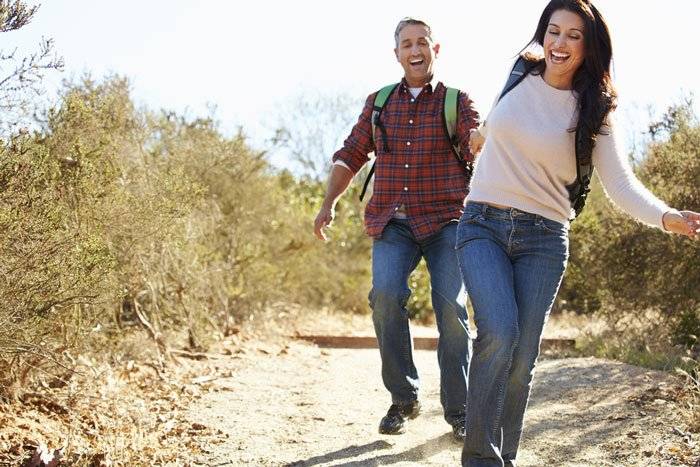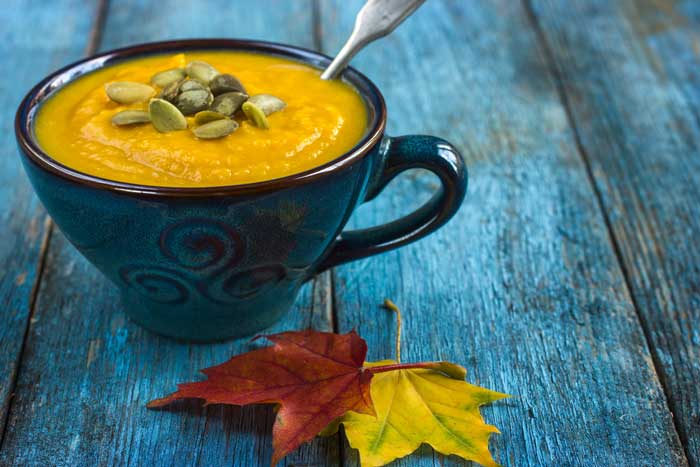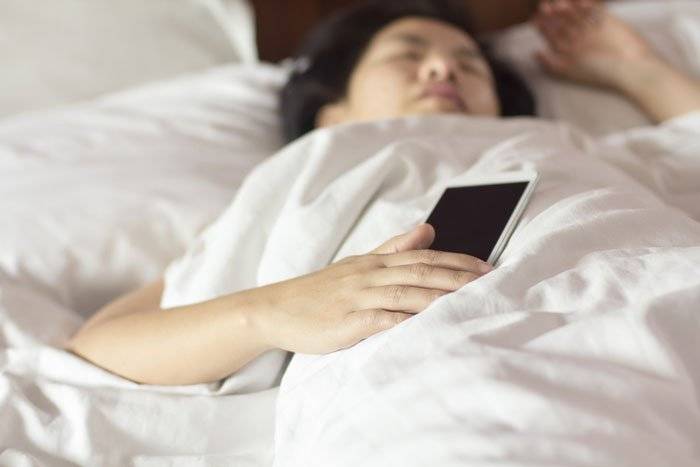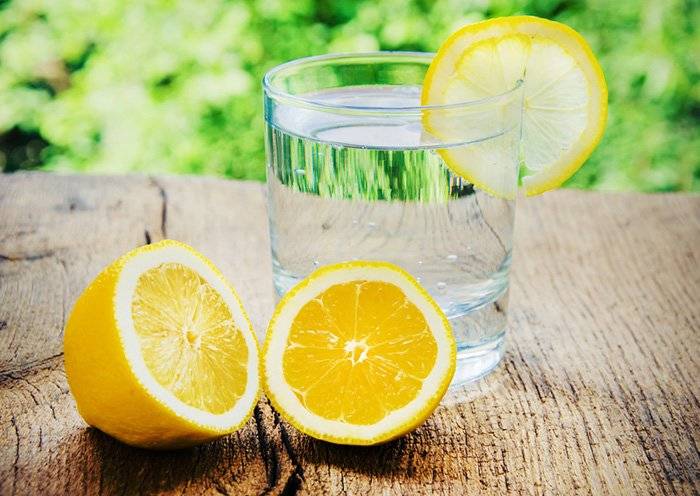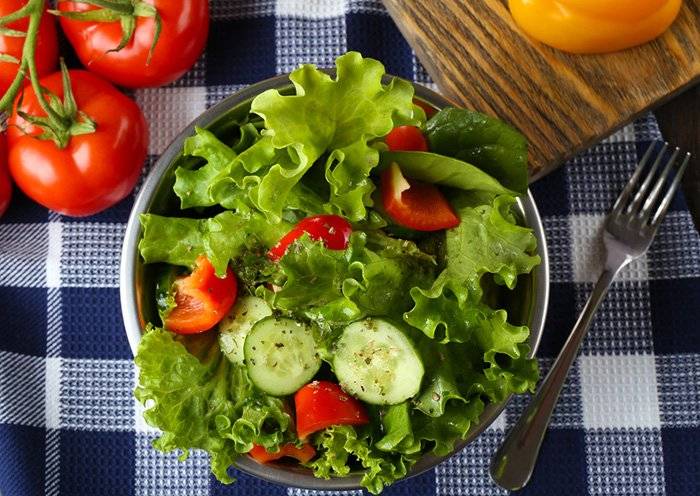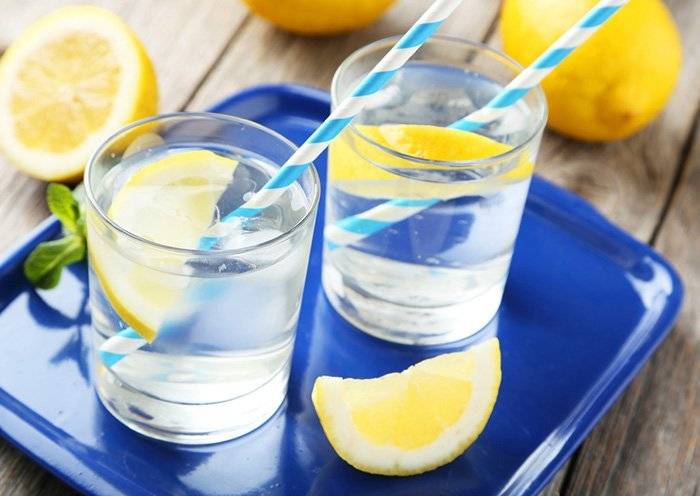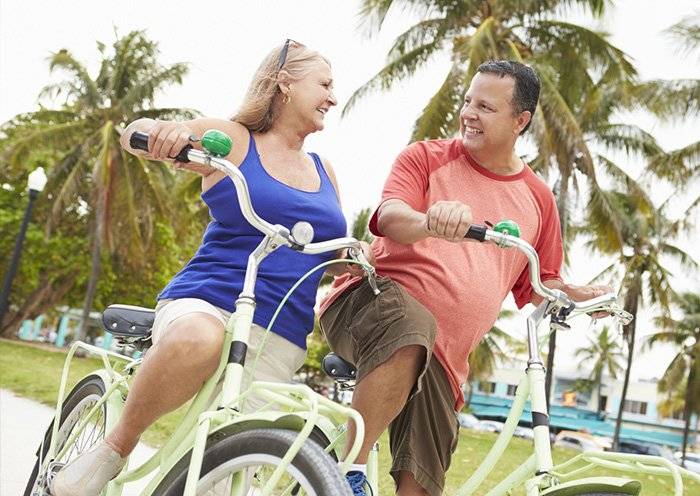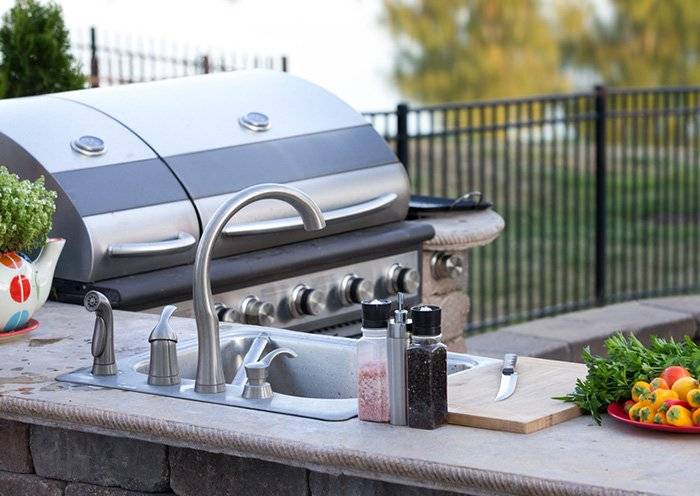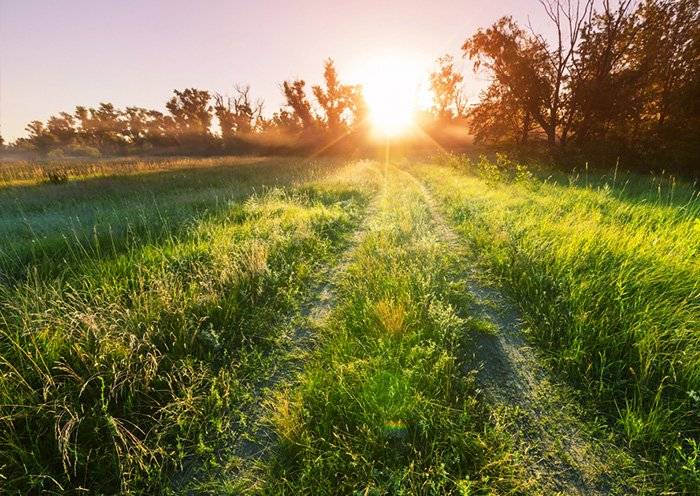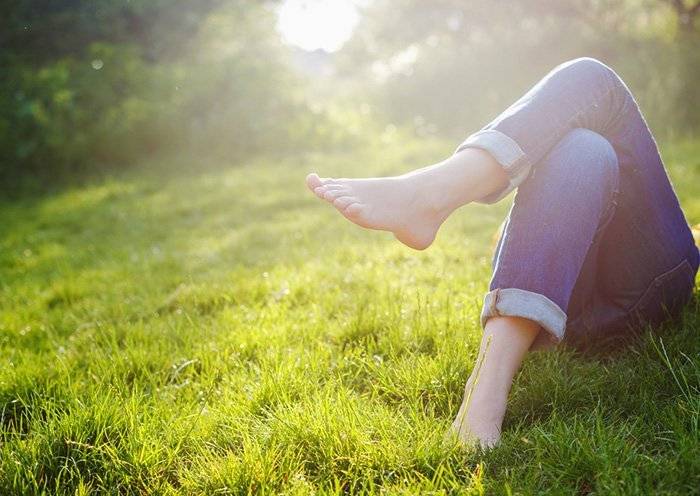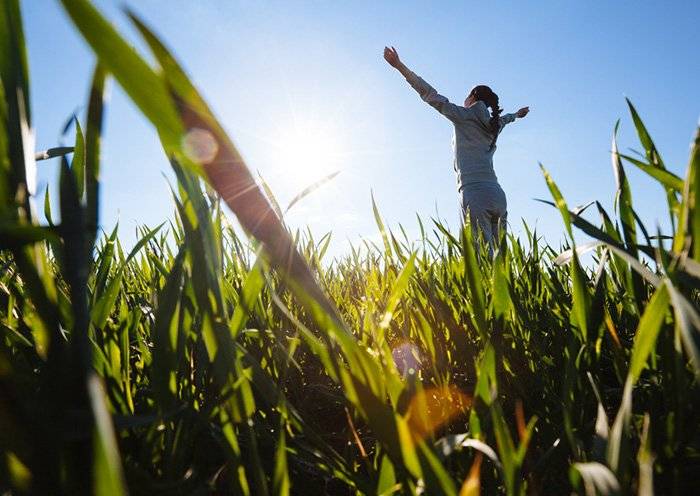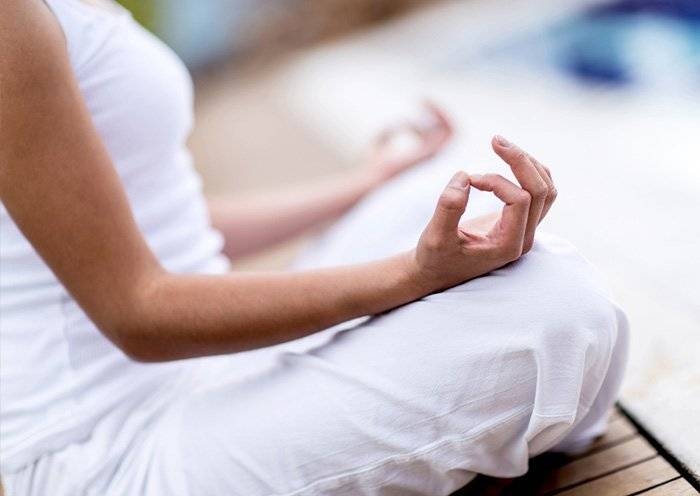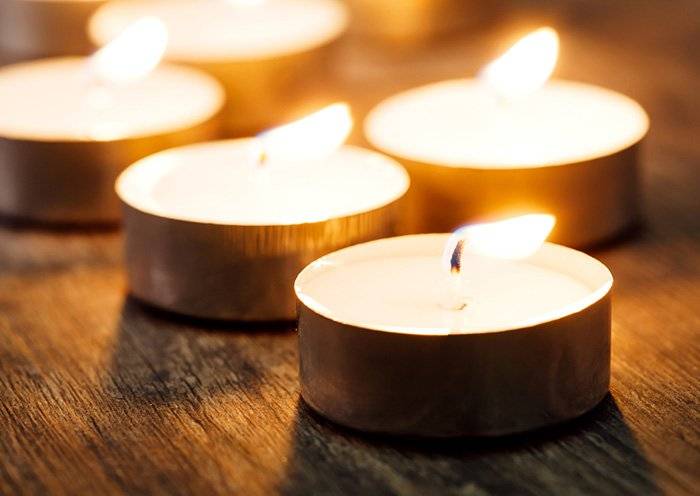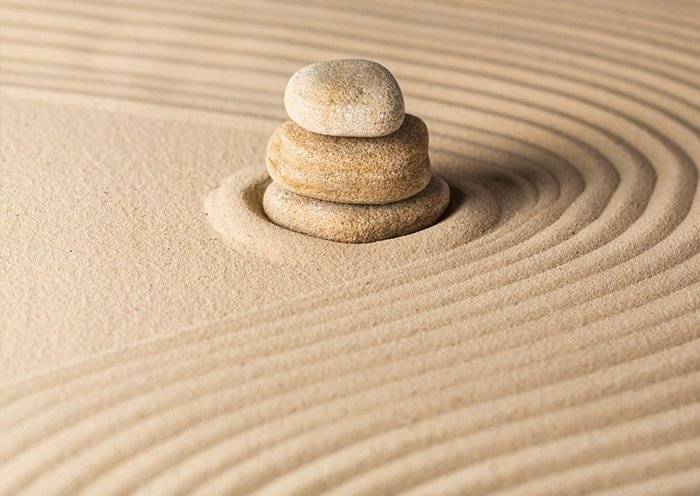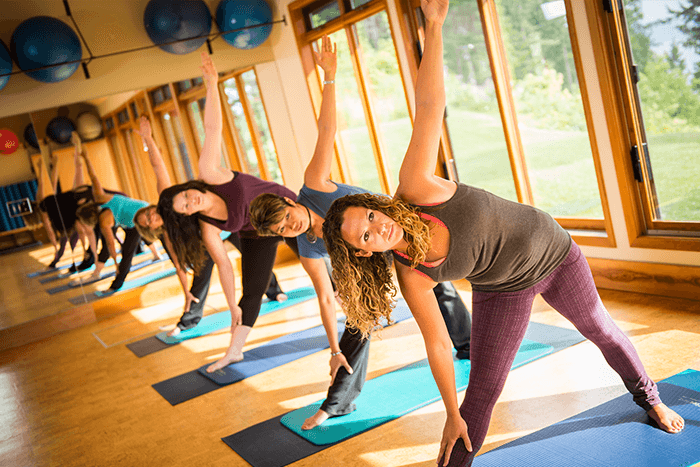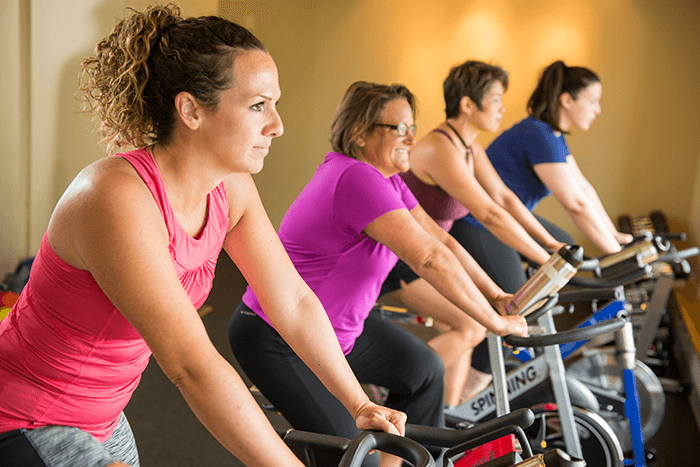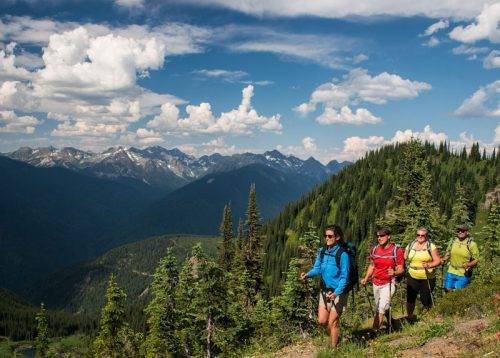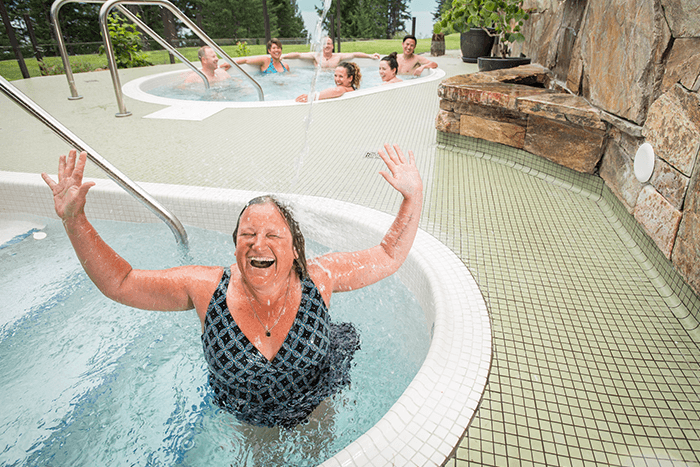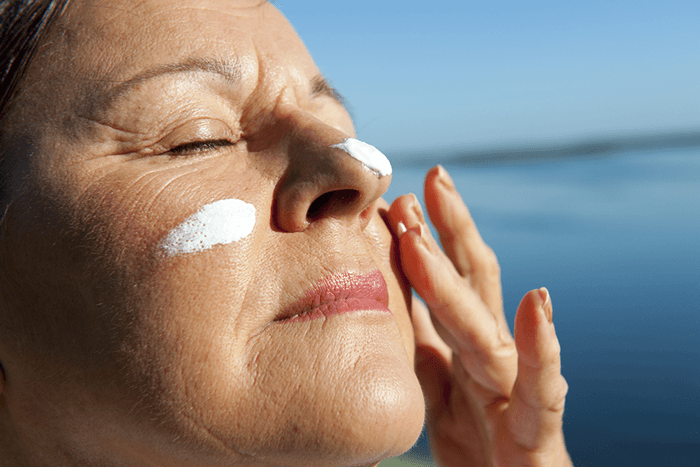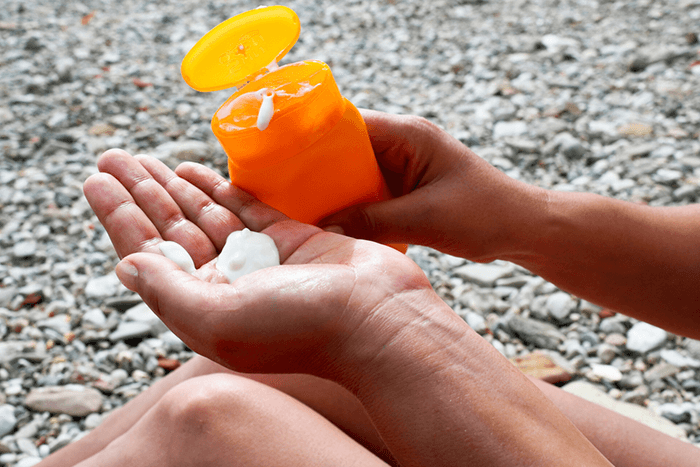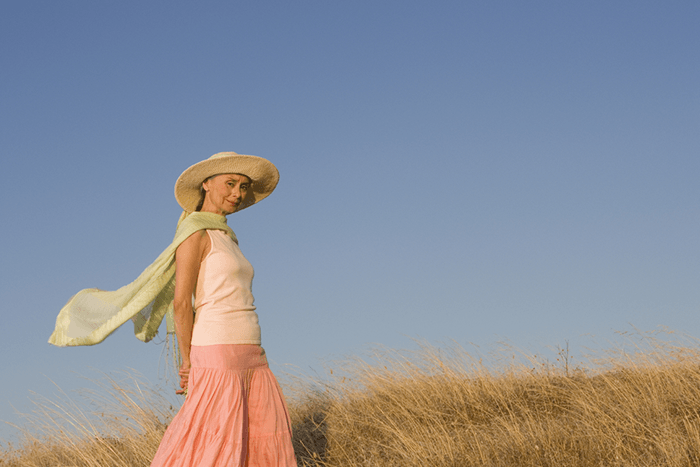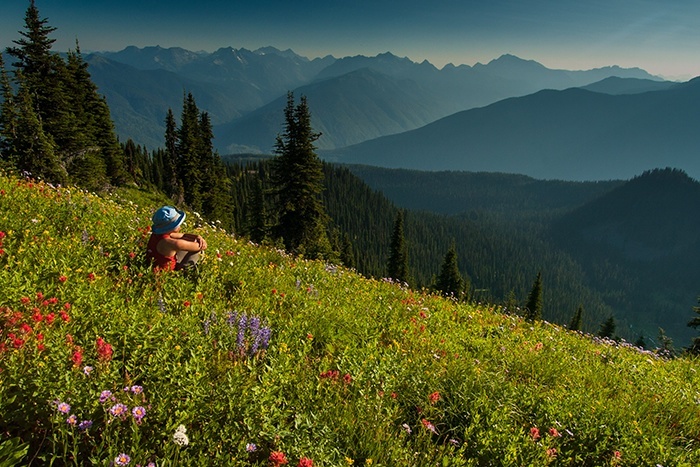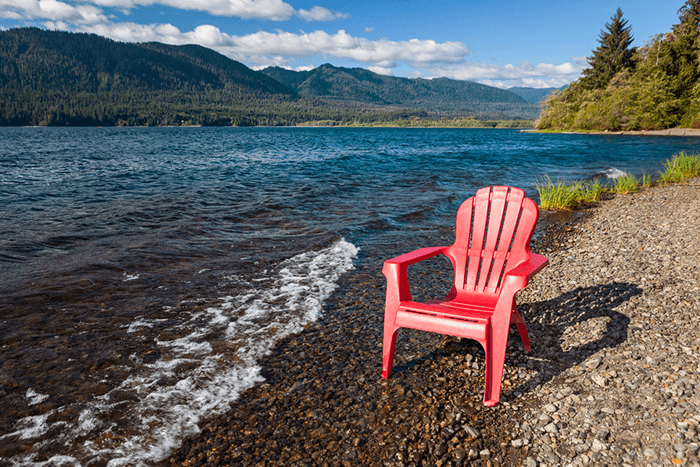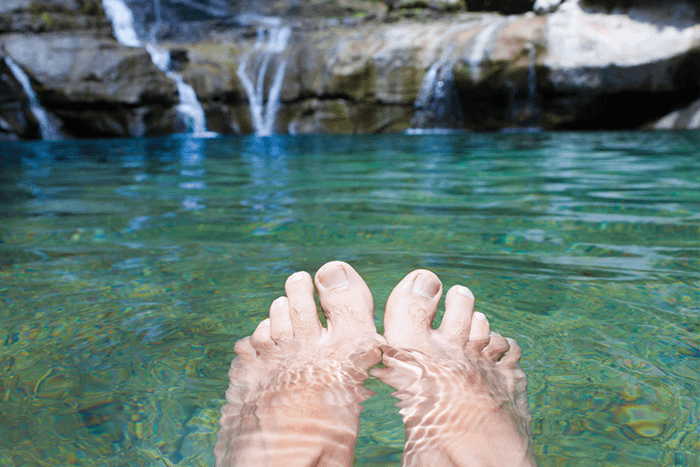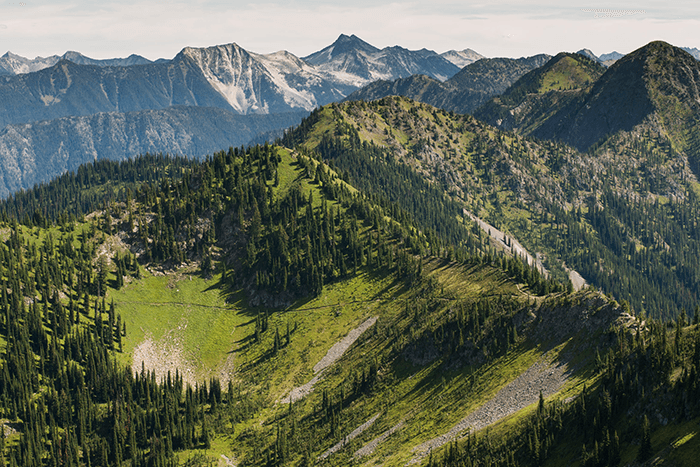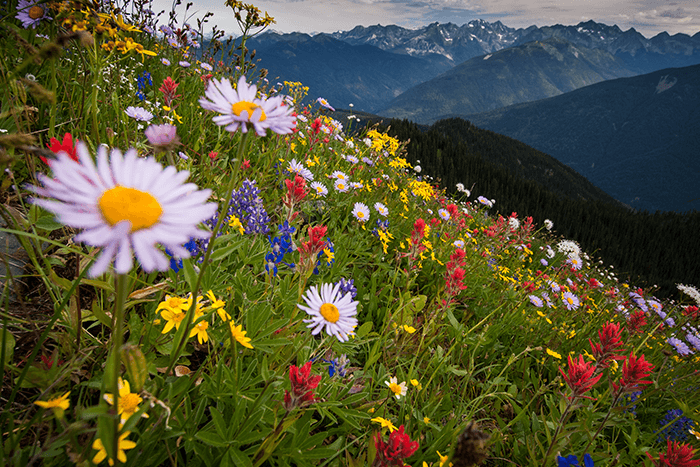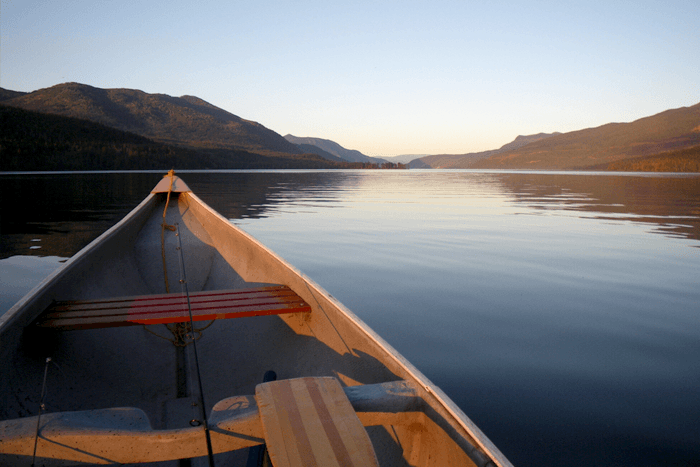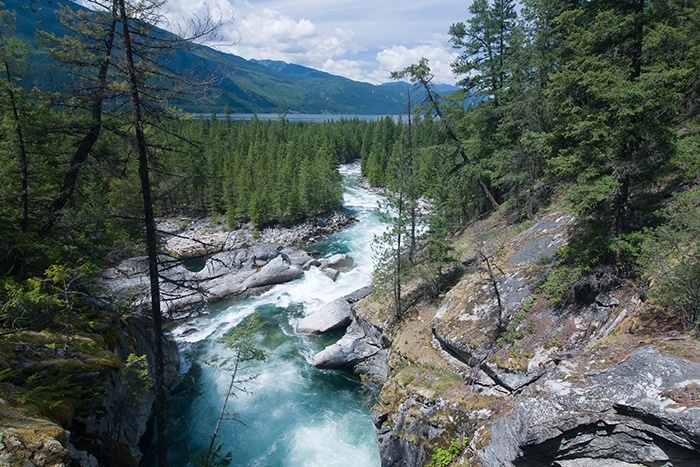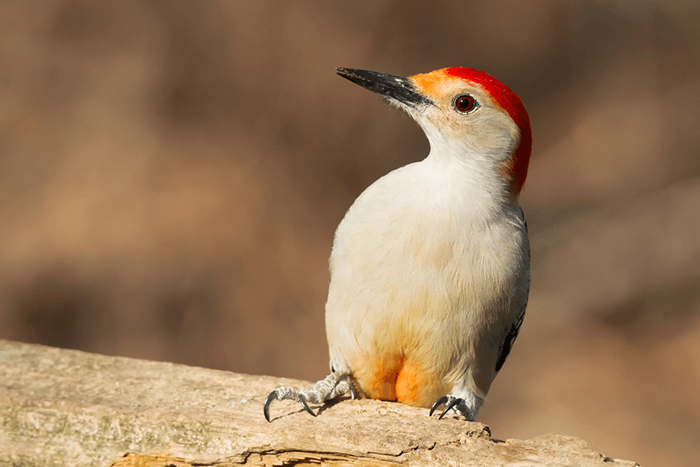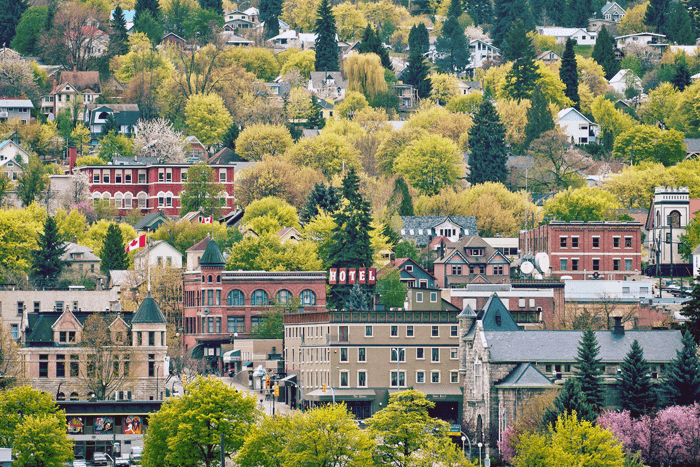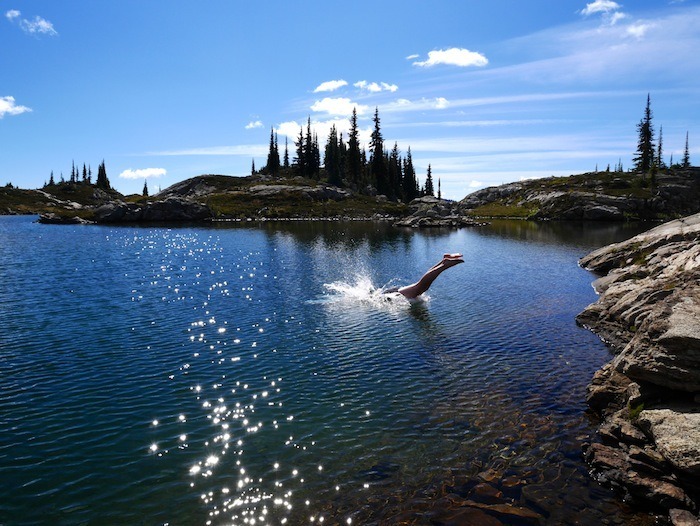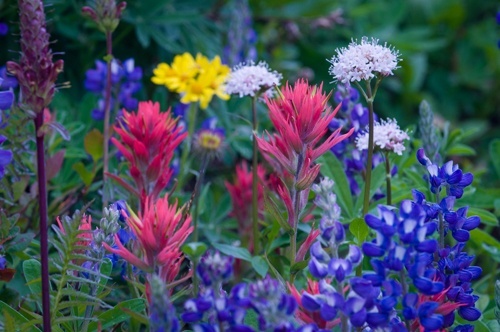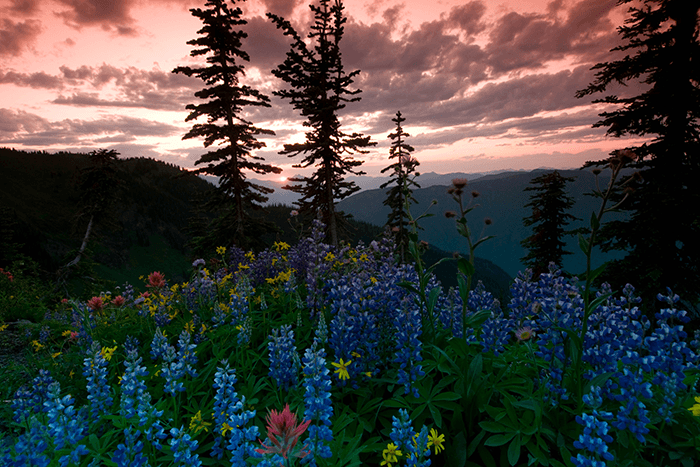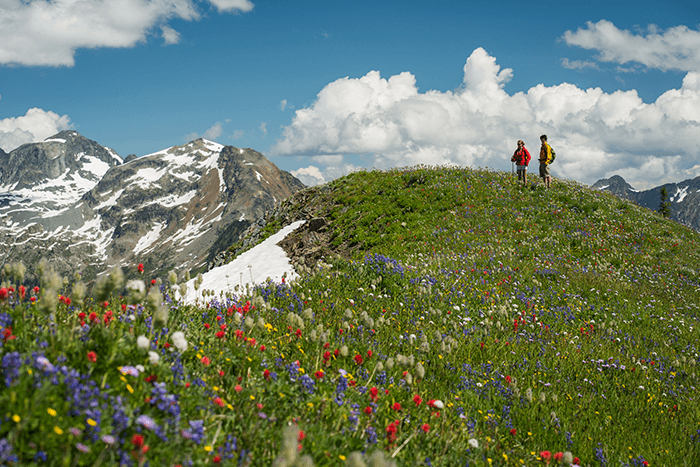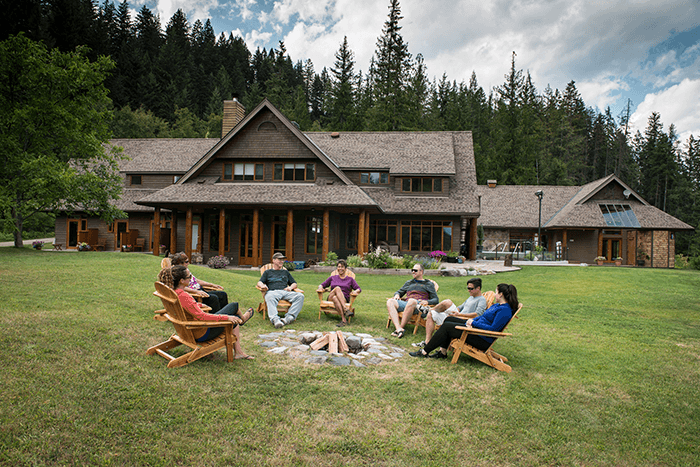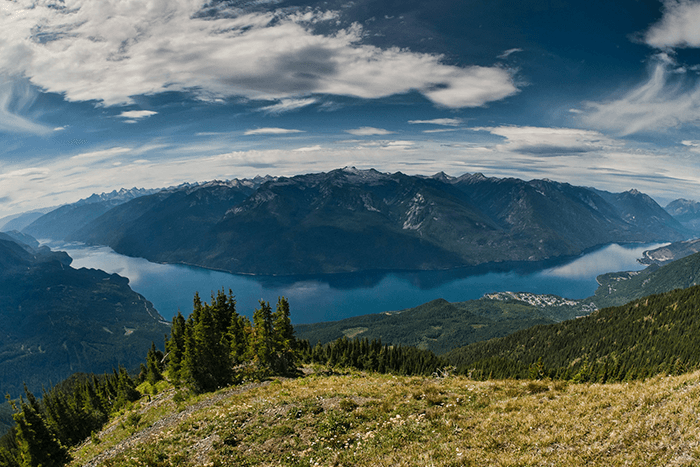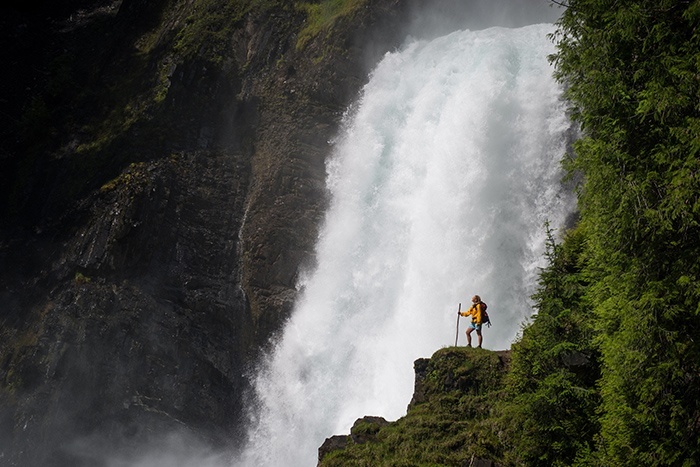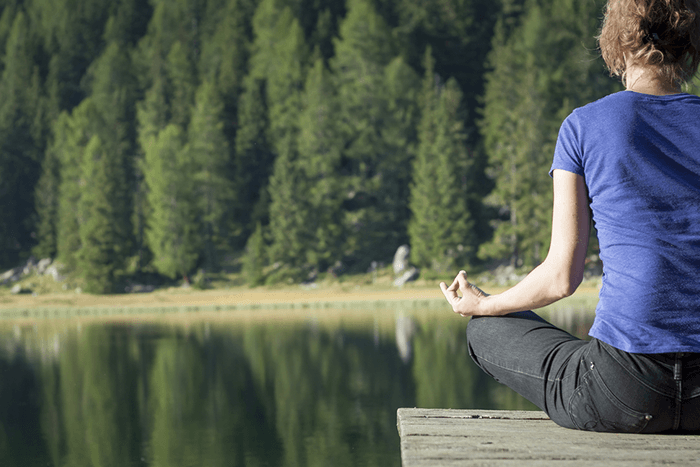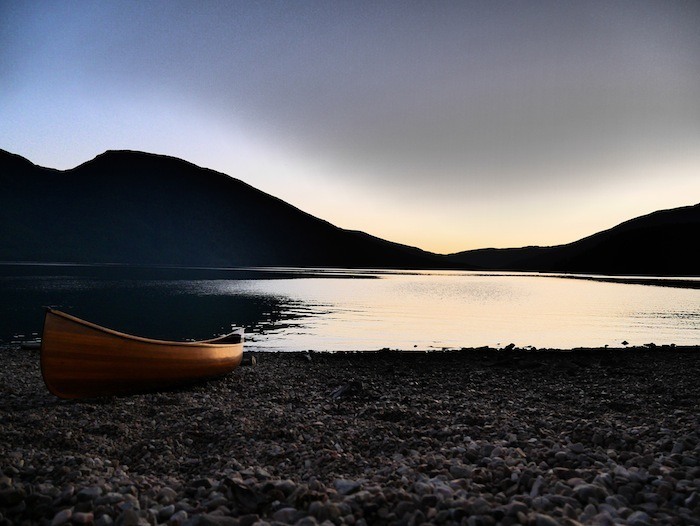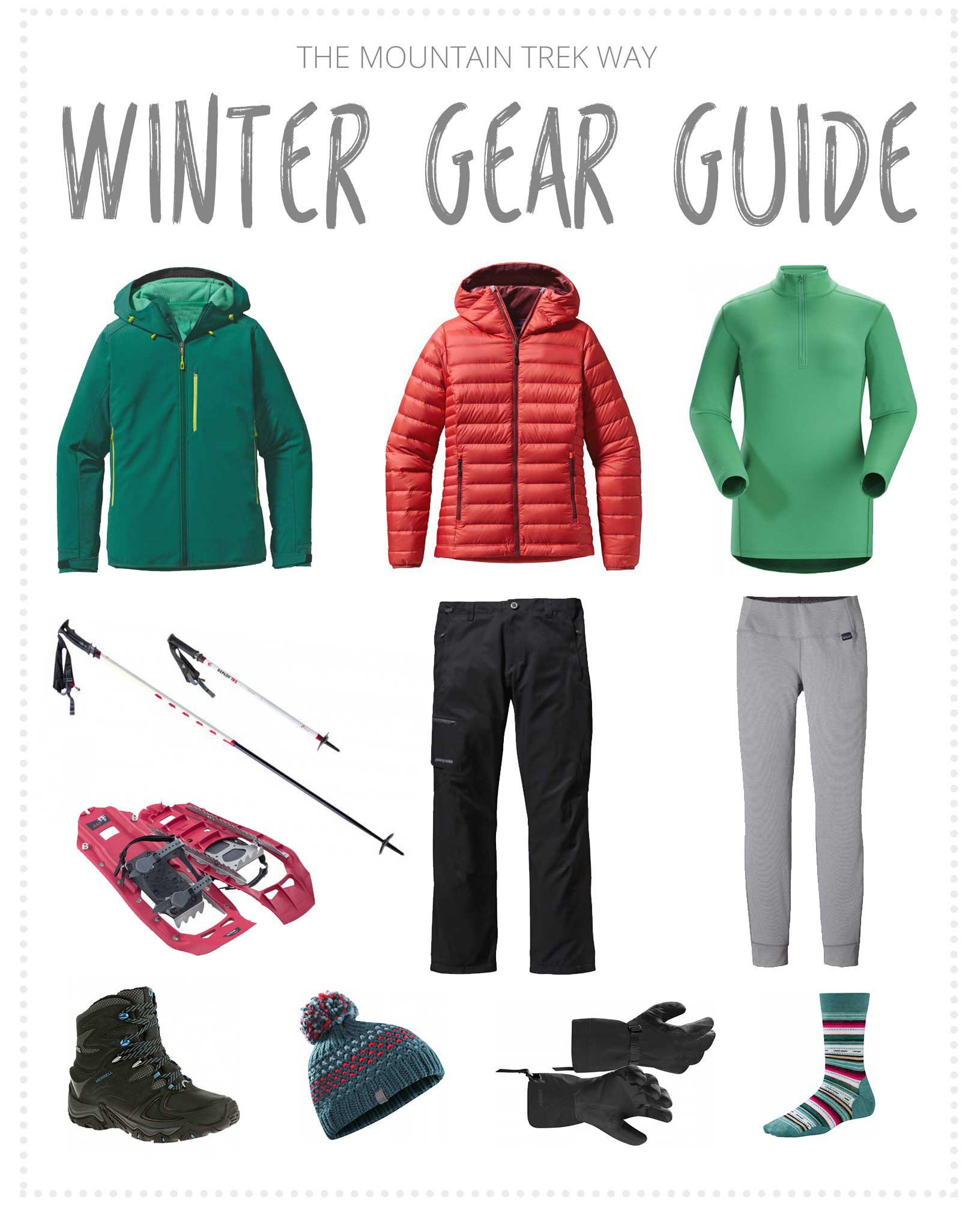
Hiking through pristine, blanketed wilderness in the middle of winter is a wonderful experience. Not to mention, snowshoeing is a great form of exercise. But snowshoeing can quickly turn from magical to miserable without the proper gear. Don’t get caught out in the cold with wet feet or cold hands – follow our winter gear guide so you can enjoy the outdoors all winter long!
It is best to dress in layers for snowshoeing; with a base layer next to the skin, a secondary for warmth, and an outer layer that’s water-resistant.
Base Layers
Socks
Best: Thick merino wool socks are best for outdoor winter activities because merino doesn’t itch like other types of sheep wool, it breathes well, it stays warm even when wet and it tends not to smell.
Good: Polypropylene textiles or “polypro” are man-made synthetic thermoplastic polymers. They may not sound comfortable but they’re constructed to be hydrophobic, which means they transport or “wick” moisture away from the skin. They are also very warm but a disadvantage is they tend to retain body odor.
Worst: Anything with cotton in it. Derived from a plant that’s sole purpose is to retain moisture, cotton is the worst fabric to wear in the winter because it keeps moisture close to the skin and leaves you clammy and cold.
Brands to consider: Darn Tough (which has a lifetime guarantee!), Bridgedale, Smartwool, Icebreaker
Long Underwear
As with socks, the best long underwear is made with merino wool. Polypro or silk is second best and the worst is cotton. Brands to consider include Smartwool, Icebreaker, and Patagonia.
T-shirt and Long Sleeve
Again, the best fabric to have next to your skin is merino wool, followed by polypro and silk. As for the worst, there’s a reason behind the mountain culture adage, “cotton kills.” Brands to consider include Smartwool, Icebreaker, and Patagonia.
Secondary Layers
Socks
Most people do not require two layers of thick socks but some like to wear thin “liners” made of polypro that are worn next to the skin and underneath a thicker wool sock. These keep feet even warmer and also reduce friction, which causes blisters.
Pants and Shirt
Wear a thicker version of a base layer that will keep you warm at the start of your activity but you can remove when you heat up.
Insulated Jacket
Best: Goose down jackets are the best because in most cases they’re warmer and lighter than polypro and they pack up to a smaller size when you want to stuff them away after you’ve warmed up. Ensure the jacket you purchase has a durable water repellent coating on it to ward off water. When down gets wet, it tends to clump and loses some of its insulation qualities.
Good: Polypro is the next best version of an insulated jacket and they have the added bonus of not losing loft when they get wet.
Worst: As always – cotton.
Brands to consider: Patagonia and Outdoor Research tend to fit larger frames and have the added bonus of coming with lifetime guarantees. Arc’teryx and Prana are more form-fitted.
Outer Layers
Jacket and Pants
Best: A water-repellent shell made of Gore-Tex or Event (or similar technical fabric) with welded seams are the best winter garments for active people.
Good: There are different qualities of Gore-Tex (and related fabrics) and different kinds of seam sealing. Opt for the best if you want your garment to last a long time.
Worst: A heavy rubber-like what you’d find in yellow rain slickers. These do not breathe and will trap all moisture and keep you feeling cold and clammy.
Brands to consider: Patagonia and Outdoor Research tend to fit larger frames and have the added bonus of coming with lifetime guarantees. Arc’teryx, North Face, Black Diamond, Prana, and Westcomb are some other alternatives.
Gloves
Best: A glove with a wool/polypro liner and a Gore-Tex (or similar technical fabric) outer shell is the best. They keep your hands warm but repel water.
Good: Leather and fur. They’ll breathe but they’ll eventually get wet.
Worst: Wool as an outer layer. These will get wet and snow will eventually clump to them.
Equipment
Snowshoes
First, consider where you plan to snowshoe. There are different types of snowshoes for mellow maintained trails, steep terrain, and running. Next, choose your preferred material and binding style. Modern snowshoes are made from lightweight metal, durable plastic, and/or tough hi-tech fabric. Molded plastic snowshoes are cost-effective and long-lasting, while the metal frame styles allow for a more natural stride.
Brands to consider: MSR, Atlas
Poles
Using your trekking poles or ski poles can help you stay balanced in deep, slippery snow. Be sure to have large baskets on your poles so they won’t sink, and so they can stabilize you. Just like nordic fitness trekking, they’re extremely helpful ascending and descending steep terrain.
Brands to consider: Leki, Black Diamond
Gaitors
Gaitors are a very important part of your snowshoeing gear. They wrap around your calf and boot preventing snow from getting into your boots and keep your feet dry. Choose a pair that is waterproof, and that wraps beneath your boot to be sure they stay in place.
Boots
Fortunately, snowshoes can accommodate practically any type of footwear. The best option is insulated winter boots, but your sturdy hiking boots will also be sufficient. Be sure to pair your boots with the proper sock base layer for warm comfortable feet!
How to Properly Fit a Pair of Hiking Boots
Staying active during the winter months is best when you can enjoy some time outdoors – especially when you’re properly dressed. See you on the trail!
What is Mountain Trek?
Mountain Trek is the health reset you’ve been looking for. Our award-winning retreat, immersed in the lush nature of British Columbia, will help you unplug, recharge, and roll back years of stress and unhealthy habits. To learn more about the retreat, and how we can help you reset your health, please email us at info@mountaintrek.com or reach out below:



